Websites are your number one way to drive sales.
If you have a bad website that doesn’t communicate value, you won’t sell products or services.
Even if you are the best pay-per-click company on the planet, a bad website with a bad value proposition can tank your sales.
It could actually mean the end of your business.
And the bad news is that website mistakes are all too common.
I’ve personally made countless mistakes on my website that cost me thousands of dollars.
And they cost me countless conversions too.
Websites should be your go-to tool to drive traffic and conversions.
You can use blogs and content marketing to drive traffic, but if your website isn’t up to standards, you won’t grow.
And unfortunately, I made a huge mistake.
I nearly collapsed one of my best business ventures to date by ignoring one major factor:
My ultimate marketing message.
But thankfully for you, I made this mistake, and now you don’t have to.
I’ve also developed a system that prevents me from making it in the future.
Today, that’s exactly what I am going to share with you.
Here’s the website mistake that cost me $1,250,391, and how you can prevent it.
The main mistake I made on Kissmetrics
I first started Kissmetrics in 2008, two years after I started Crazy Egg.
I started it because I was having trouble getting investments for Crazy Egg to take the business to the next level.
Investors wanted scalability and the “next big thing.” They wanted something that could compete with industry giants like Google’s Analytics platform.
I went to work developing something that I had been doing on my own for years.
And thus, Kissmetrics was born.
On Crazy Egg, I had perfected my value proposition.
I had spent countless hours testing headlines to see which ones performed best.
I surveyed everyone using our product about our value proposition.
And today, Crazy Egg uses this proposition:
It’s simple, short, and the value is crystal clear.
It answers the fundamental question that people who use our tool want to solve.
People who find Crazy Egg want to understand user behavior on their site. They want to know what happens when people leave.
Most of all, they want to know why. What feature, element, or layout structure is causing it?
But when I started Kissmetrics, I didn’t have a good value proposition.
In fact, the headline was:
KISSmetrics helps you get actionable metrics for your business.
And it was all over our mission statement:
Over the years we tried countless different headlines and value-driven statements:
I spent years trying to craft a great headline that would drive sales.
I knew my product was top of the line, but I simply didn’t know how to communicate it.
And I didn’t think it was that big of a deal.
But it was everything.
When I started working hard on my value proposition and developing a short headline, I noticed fast increases in conversions.
I then started using social proof and free trial offers to convey a stronger message.
And guess what I noticed?
An almost instant 40% increase in conversions.
That means that for 3 years, I was losing out on 40% of my conversions.
After a few months, revenue at Kissmetrics increased by 60% just by fixing this mistake.
I wasted thousands of dollars on A/B testing to find the right way to communicate value.
Instead of focusing on a value proposition, social proof, and better marketing offers, I thought my product communicated it all by itself.
And thankfully, I’ve now figured out how to fix it for free.
So learn from my massive mistake with these fixes and get your product off the ground faster.
1. Write a better value proposition
A value proposition is the number one aspect of your product and marketing message that determines whether someone will purchase or not.
It determines whether someone will read about your tool or simply bounce.
According to Peep Laja of ConversionXL, it’s the most important aspect to test on your site.
It can literally make or break your conversions, sales, and growth.
Peep Laja actually analyzed more than 45+ websites in a case study and found that the number one issue that impacted their growth and sales was a failing value proposition.
In fact, I hired Peep Laja to help me develop better conversion rate optimization on Crazy Egg.
He’s a CRO master with years of experience in a less-experienced industry.
So it’s safe to say that I trust his data when it comes to value propositions and their ability to drive conversions.
So, what exactly is a value proposition, you ask?
Let’s check with Google.
Here’s what we get:
But that’s not really helpful, is it?
So here’s my definition:
It is a guarantee or promise to potential buyers of the value and benefit they will gain from your product or service.
A value proposition is not a slogan.
Here’s an example of how you can construct a value proposition:
The main things to include in a value proposition:
- Show how your product or service solves a customer problem and improves their life or business.
- Deliver a specific benefit or quantifiable value.
- Explain why your product is unique and why the customer can benefit from it over your competitor.
Here’s one of the best value propositions I have ever seen. It comes from Unbounce:
It’s simple and delivers huge value:
Build landing pages fast. Everybody knows that building landing pages for PPC campaigns or new content is time-consuming.
It’s one of the most tedious tasks we face when trying to capture more leads.
That statement is a perfect example of solving a customer problem and improving their life.
Get more conversions. This is a prime example of quantifiable value. If people use the product, they will get more conversions.
Or how about this great example from Digit:
Save money, without thinking about it.
Digit is a service that focuses on helping people to save specific amounts of money every single day.
Then, it automatically puts that money into savings for you.
It essentially automates your savings and helps you live a less complicated life.
Save money is the quantifiable value that is received from using the product.
Without thinking about it solves the customer’s problem and makes the customer’s life better.
Value propositions should be quick and to the point. Someone shouldn’t have to read five paragraphs to understand why they need it.
Here’s a basic formula that I’ve used to write a value proposition in just a few minutes:
How you solve a problem, quantifiable value derived from that problem.
For example, let’s say I started an SEO agency. My value proposition could be:
Optimize content faster, convert more inbound traffic.
Remember, always include these three elements in a value proposition:
- How your product or service solves a customer problem and improves their life or business
- A specific benefit or quantifiable value
- An explanation of why your product is unique and why the customer can benefit from it over your competitor
2. Use tons of social proof
Marketing messaging is tough to nail down. Most marketers I know still struggle with conveying value.
I’ll be the first to admit that I do, too!
Often it is filled with jargon that doesn’t make sense to the user or is telling them rather than showing them.
And even when you hit the right chord with an audience, you still need something to close the deal.
You still need a way to make an impact that pushes them over the line.
And that’s where social proof comes into play.
Social proof is a great tool to drive conversions.
It’s why applications like Yotpo, Yelp, and OpenTable exist.
Social proof works because 84% of people trust reviews they read online just as much as they would a personal recommendation.
On top of that, 74% of consumers say that positive reviews increase their trust in a given business.
That’s why every Amazon product is loaded with reviews:
Product reviews are a form of social proof. And social proof converts.
It’s why I use social proof all over my sites. Like here on NeilPatel.com:
I use social proof on Quick Sprout too:
The best companies around are all using different forms of social proof.
Just ask yourself this question:
When you go to a website like Amazon or a review site like CNET, do you read the product reviews before you buy a product?
Do you buy products with bad reviews? Or do you sort by the top-rated ones?
Social proof is alive and well even if it’s not at the forefront of your consciousness.
Sometimes we base our opinions on these reviews without even knowing it.
If someone says that the food is good, you might give it a shot.
If they say it was bad, you probably won’t try it.
And that’s why companies like HubSpot use it on their site to convey popularity, success, and value:
If a product is popular, more people will use it.
There are a bunch of different ways to communicate value in your marketing message using social proof.
Do you have a lot of popular companies using your product?
Showcase their logos on your site:
Do you have certifications or recommendations that hold credibility?
Do you have case studies from clients that you helped?
Sharing more social proof is easy.
You can offer anything from the number of users of your product, any case studies you’ve compiled or even social shares and mentions.
Did someone mention your brand on a Forbes article? Take a quote from that article and include it on your site.
Including social proof was one of the greatest decisions I ever made when fixing my marketing messaging on Kissmetrics.
Avoid my mistakes and increase your conversions with social proof.
3. Offer a free trial
On top of a failed value proposition and lacking social proof, I didn’t offer a free trial with Kissmetrics for a while.
Why? I was afraid of losing money.
I didn’t want people to sign up and hate it and then spread the news.
Even though I knew my product was stellar, I didn’t want to lose money on trials that took 15-30 days to complete.
I wanted conversions ASAP.
But, that’s not how it works. Have you ever heard of the term “loss aversion?”
Essentially, loss aversion is the idea that people would rather avoid losing something of X value than gain something of the same X value.
For instance, people would rather avoid losing $500 on your SaaS tool than gain more conversions in the end.
Spending money scares people. Especially when they have no guarantee of success.
It feels a bit like gambling. It could work, or you could end up $500 in the hole.
I found a massive increase in conversions when I started offering a free trial:
Why? Because my “ask,” or my end goal for the customer, wasn’t threatening.
Asking someone to immediately pay me for a product that they’ve only seen screenshots of isn’t a good way to convert customers.
When was the last time you checked out a website for the first time, read their product features, and purchased without running a free trial?
And in the SaaS industry, you practically need a free trial offer if you want to compete.
Nearly every product offers one.
Unbounce does:
HubSpot offers one, too:
Many products in the marketing space offer a free trial. In fact, 41% use a 30-day free trial and another 18% give a 2-week free trial.
It helps users get over the fear of converting. And if you know your product is strong, offering a free trial should be an immediate step.
It helped me raise sign-ups on Kissmetrics by 40%.
My biggest website mistake took the form of poor marketing messaging on Kissmetrics in the early days of development.
It cost me 40% of my sign-ups and 60% of my revenue.
And one of the biggest pieces to that puzzle was not offering value with a free trial.
4. Use a better headline
Headlines are the name of the game when it comes to grabbing attention and building interest.
If you are only spending a few minutes crafting a headline that will feature your products and services, you might be losing conversions.
In fact, 8 out of 10 searchers will only read a headline. 2 out of 10 will read the rest of the article.
So if you can perfect your headline, you will guarantee more interest in your products and services.
On all of your products, services, and features pages you should have compelling headlines:
And one of the best ways to produce a compelling headline is to keep it short.
According to HubSpot, headlines with less than 13 words get more clicks.
One of my favorite headlines on a product page that isn’t a value proposition comes from Slack:
It’s the foundation for teamwork.
It’s a simple headline that conveys their brand message and perfectly outlines their product.
Communicating value in a short headline isn’t easy, but it’s possible.
Testing them is the best way to understand what headlines, words, and phrases build trust and ultimately drive sales.
It’s no secret that producing a better headline will give you a better click-through rate.
And if you want more clicks on your product pages, you need to work on headlines.
Marketing messaging is key. No matter how good your product is, bad messaging can bring it down.
As you read earlier in my Kissmetrics blunders, I struggled with marketing messaging.
It can literally make or break your business.
Conclusion
You need a great website to drive the sales for your business. It’s as simple as that.
If you have a bad website that fails to communicate benefits and value to your consumer, you won’t grow.
Even if you have the best services, if you can’t explain the value that people will get, you won’t sell.
In fact, it could actually end your business.
The bad news is that website mistakes are common. Too common.
And, as I said, I’ve personally made quite a few of those website mistakes myself, costing me lots of money and conversions.
Everything from bad search engine optimization mistakes to bad conversion rate optimization.
But the biggest mistakes that I overlooked were in my marketing message.
I didn’t communicate the right value to drive sales.
Despite my product not changing, the simple tweak in messaging drove 40% more sales.
So learn from my mistakes and start by creating a better value proposition. This will be the selling point of your product and can increase your sales by 40%.
Create better headlines for your content. It will only improve the CTR.
Make sure to always include social proof in your marketing messaging.
Lastly, offer a free trial. It helps people ease into the system before spending money.
What is the biggest mistake you’ve learned when trying to grow your business?

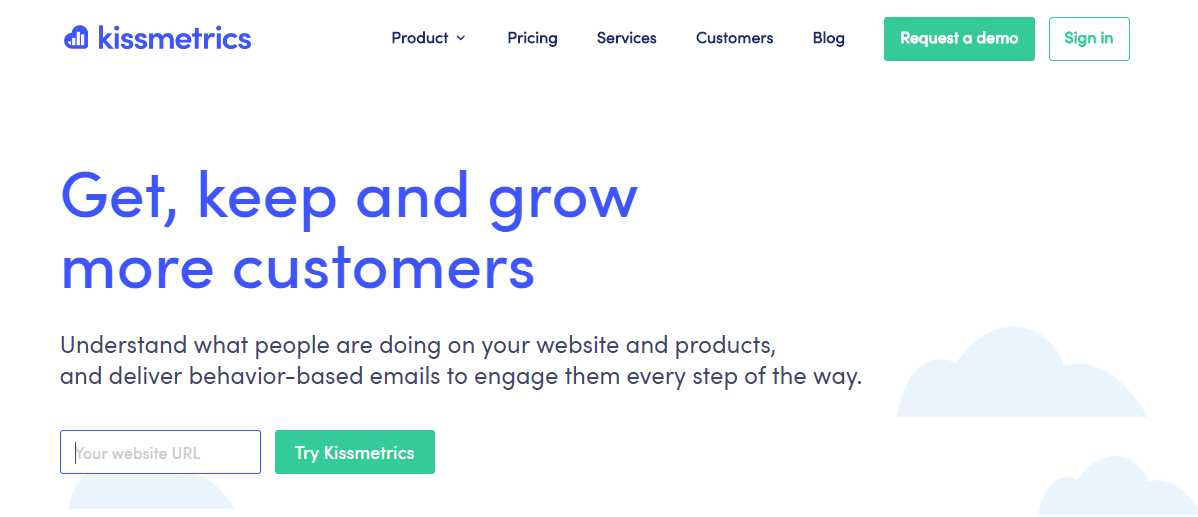
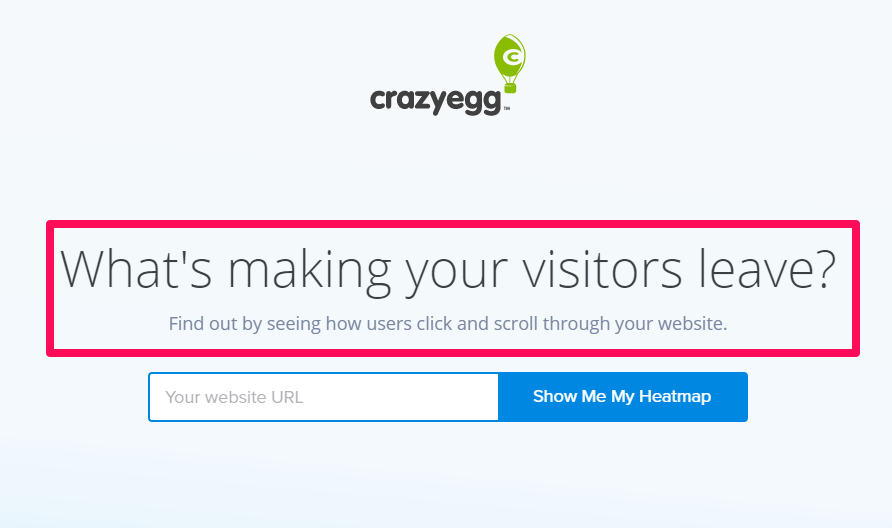



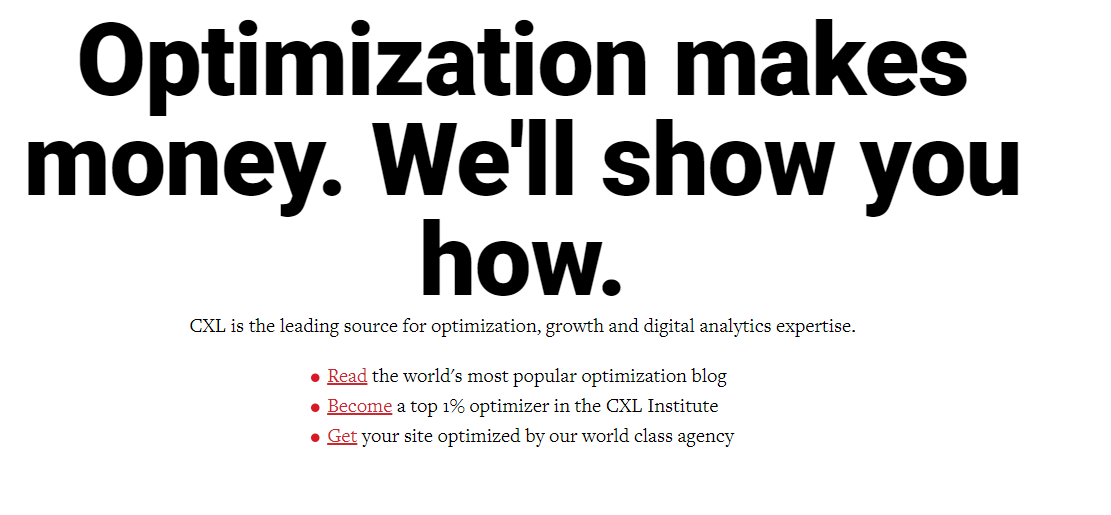
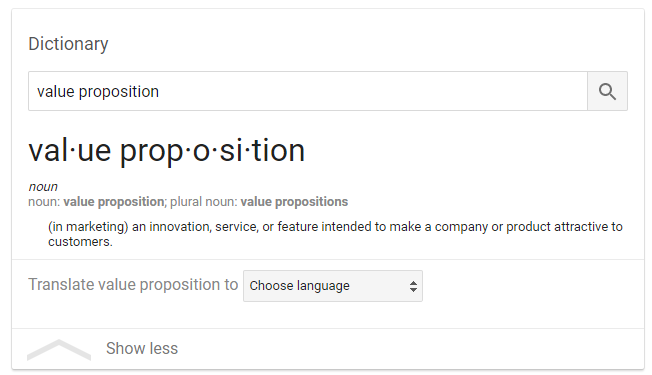
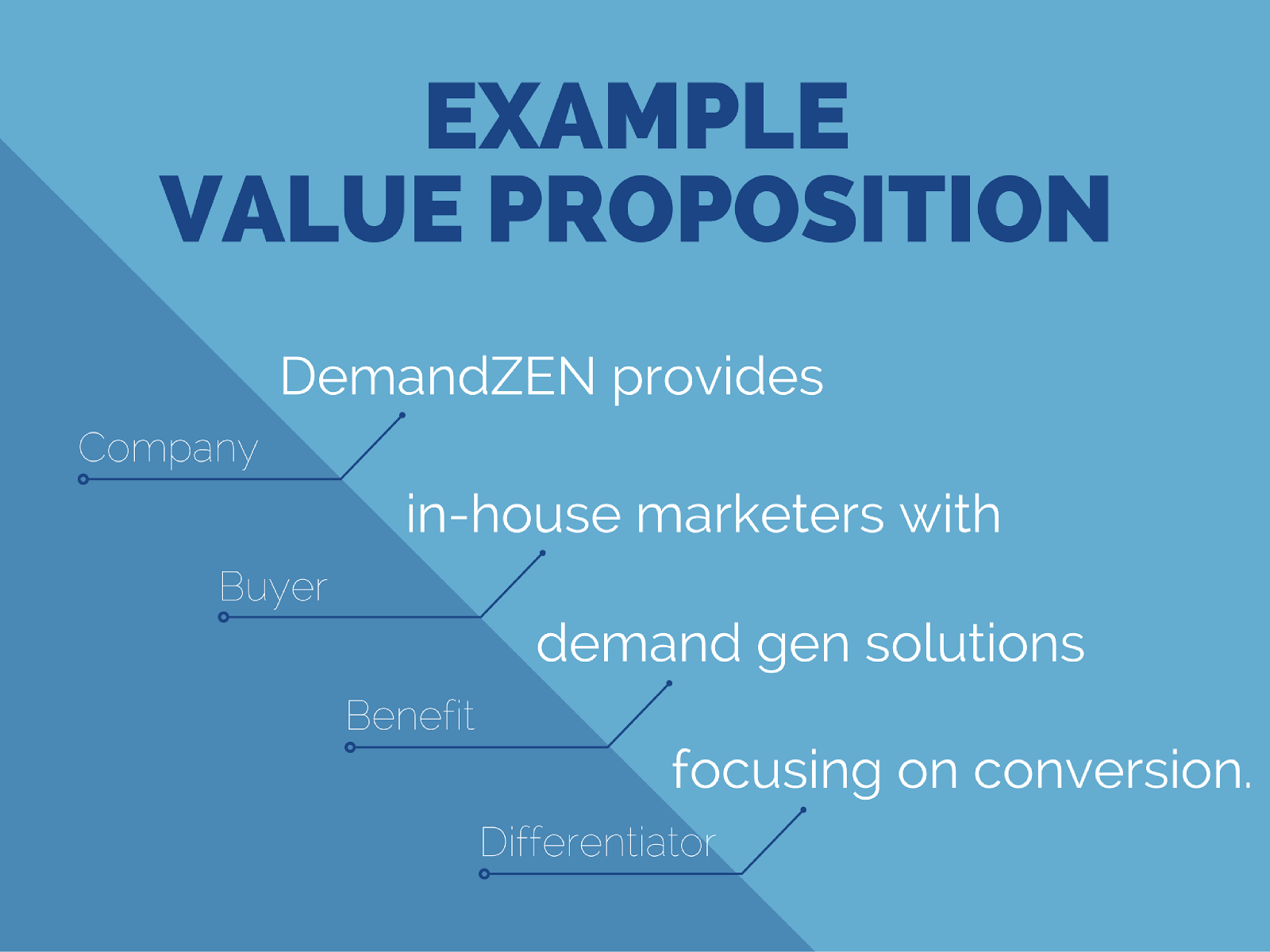
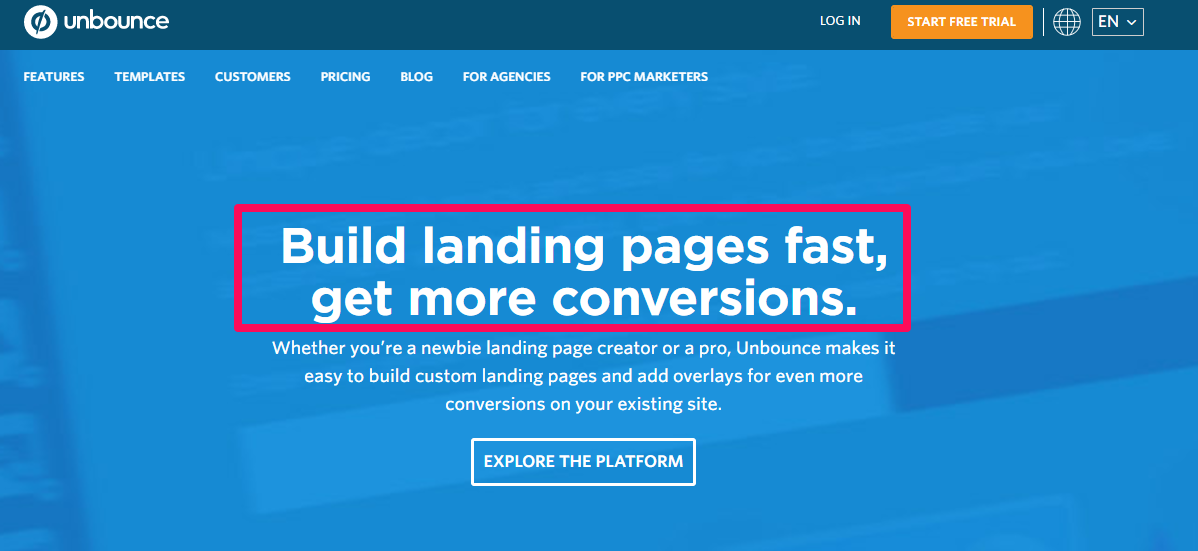
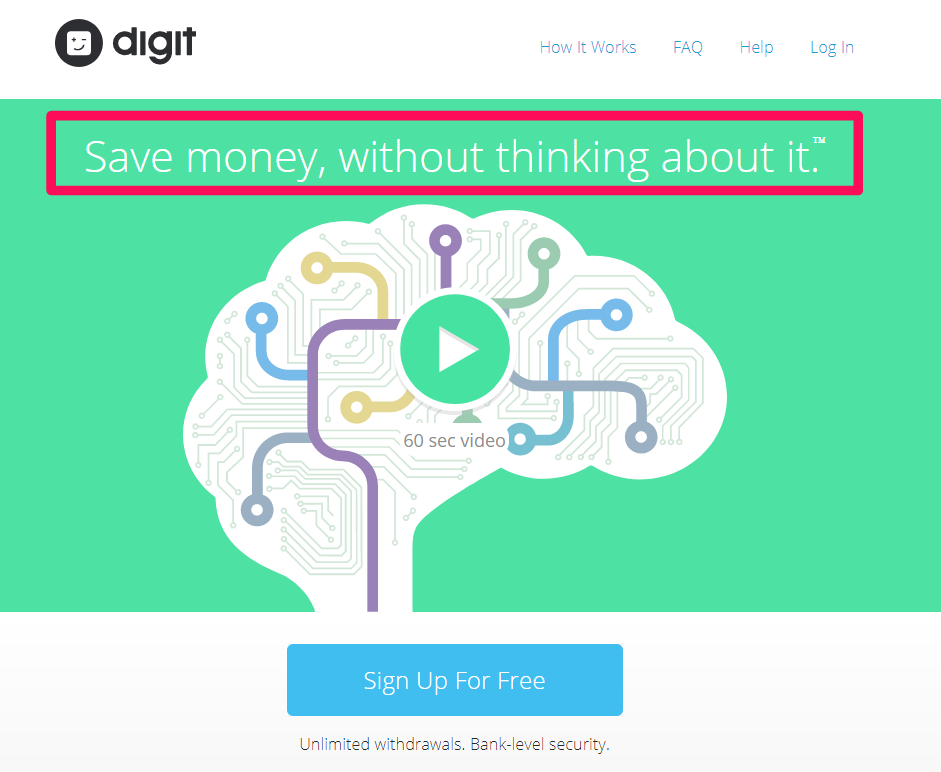
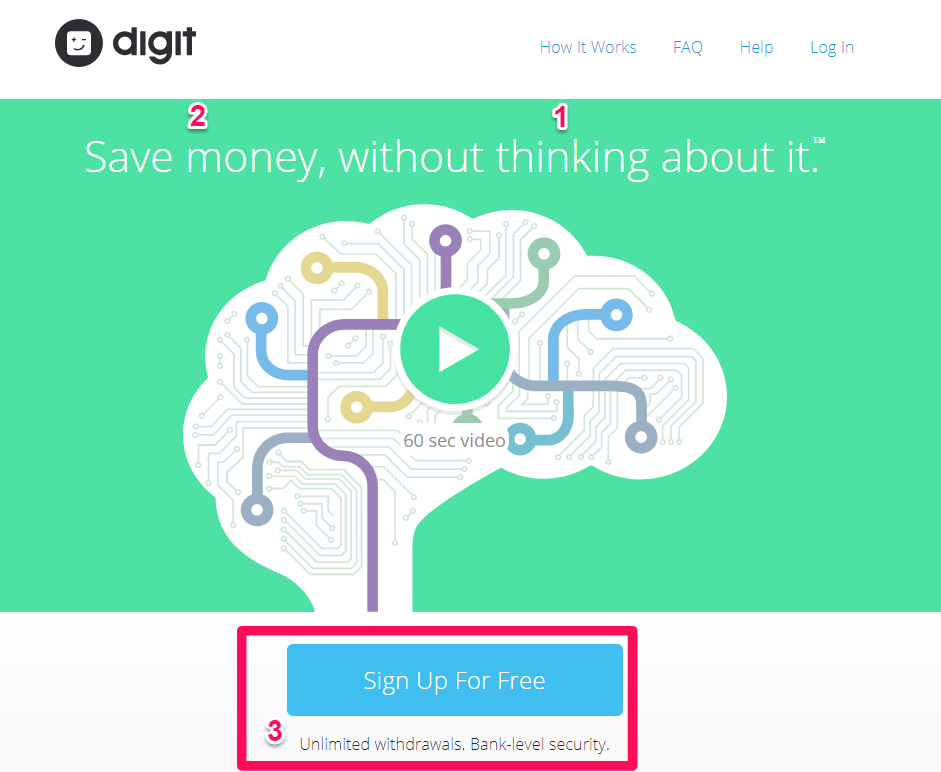
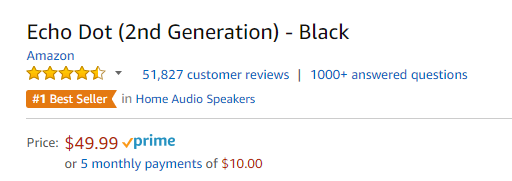
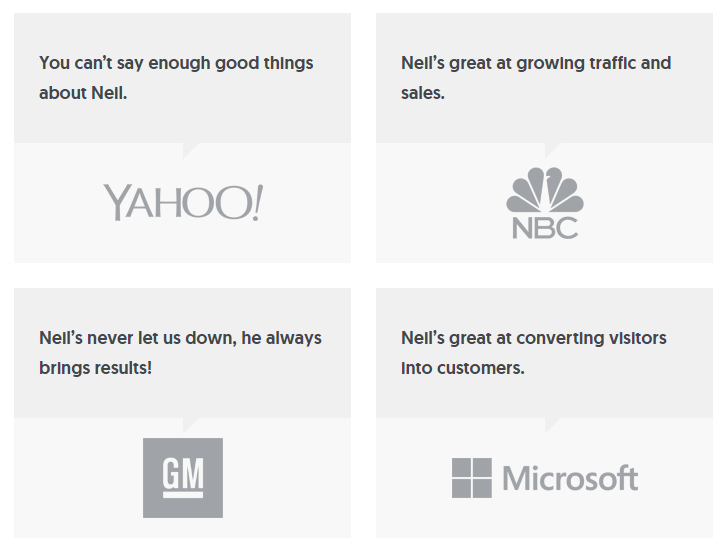
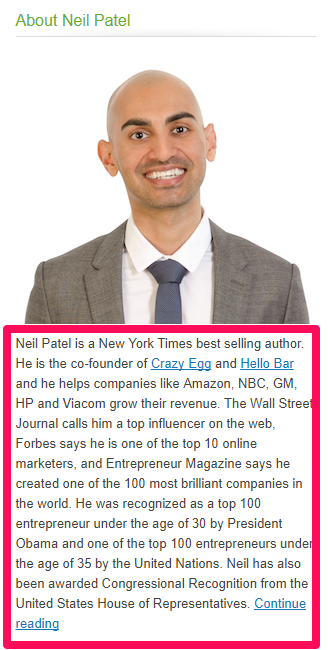
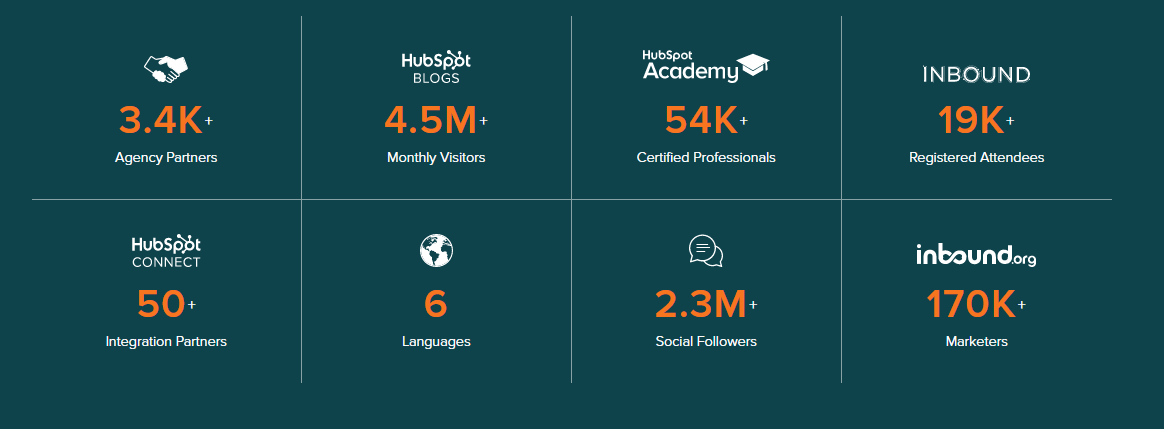
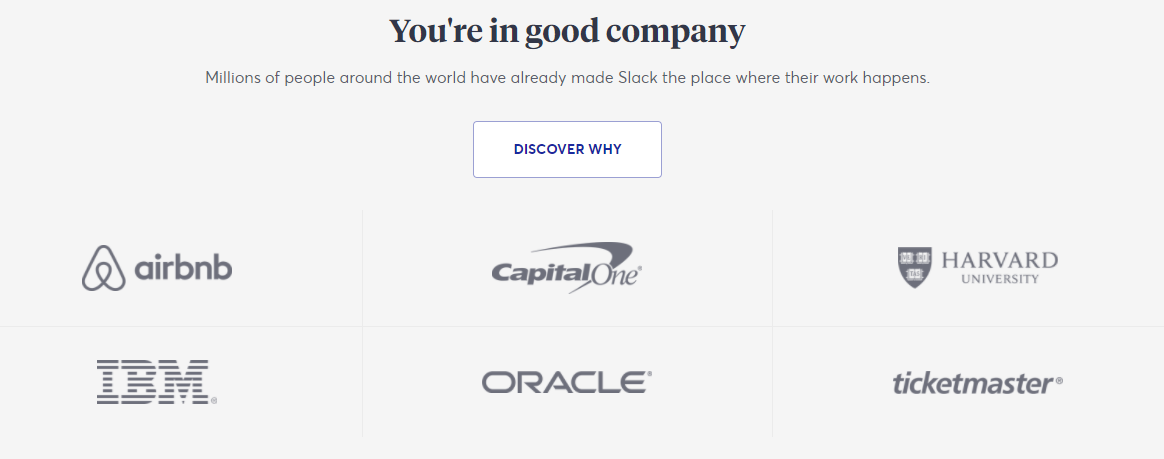
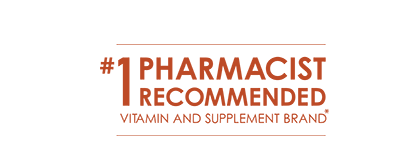
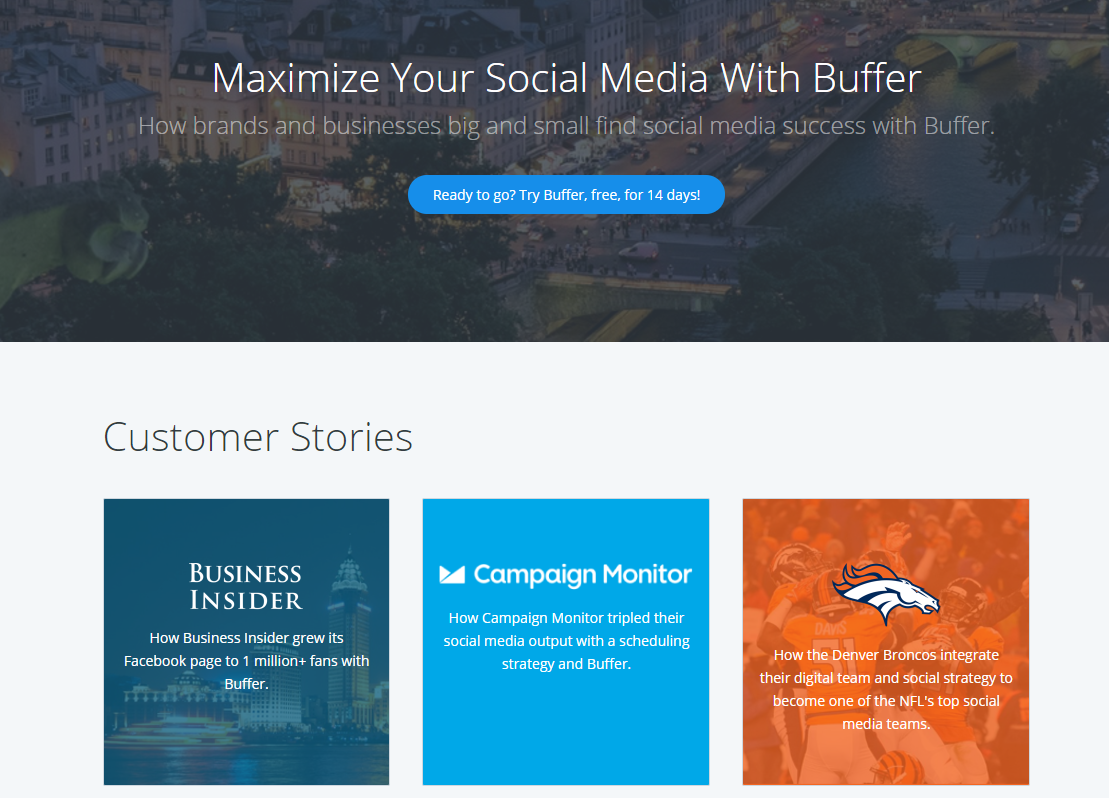
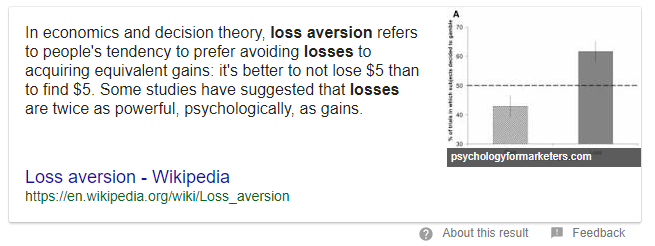
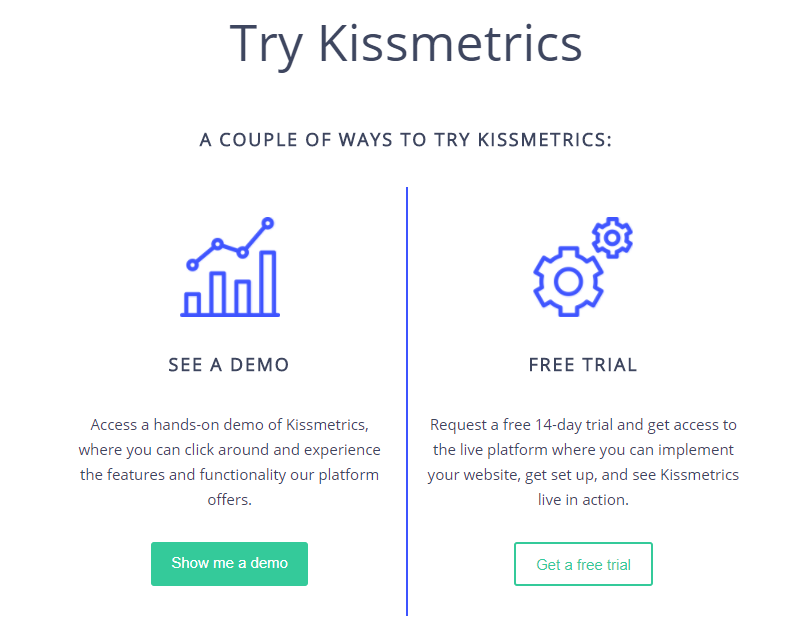

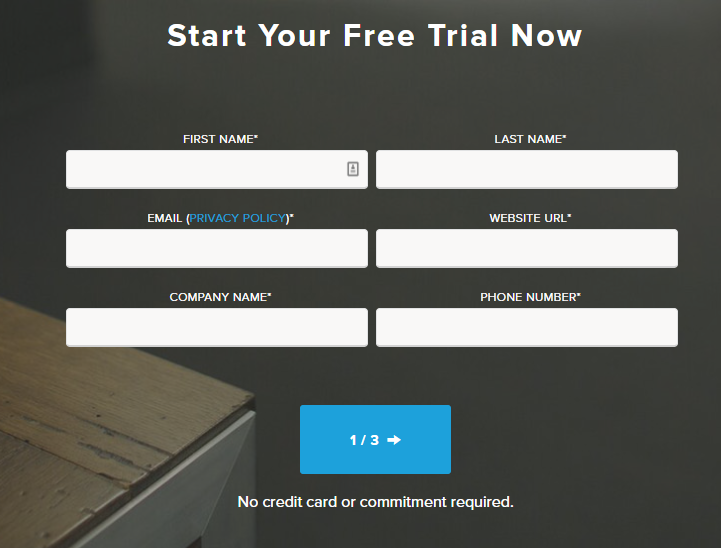
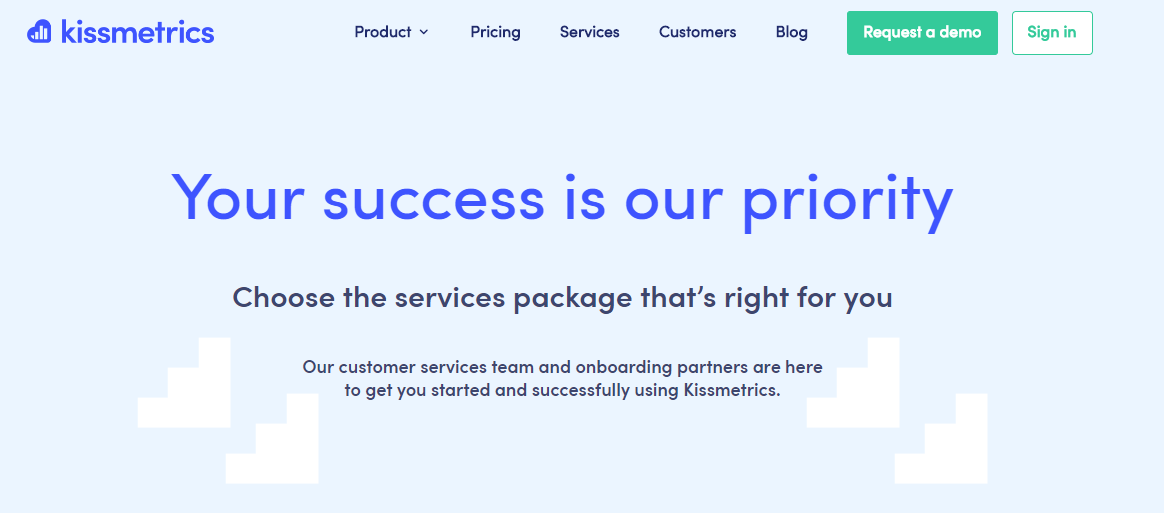
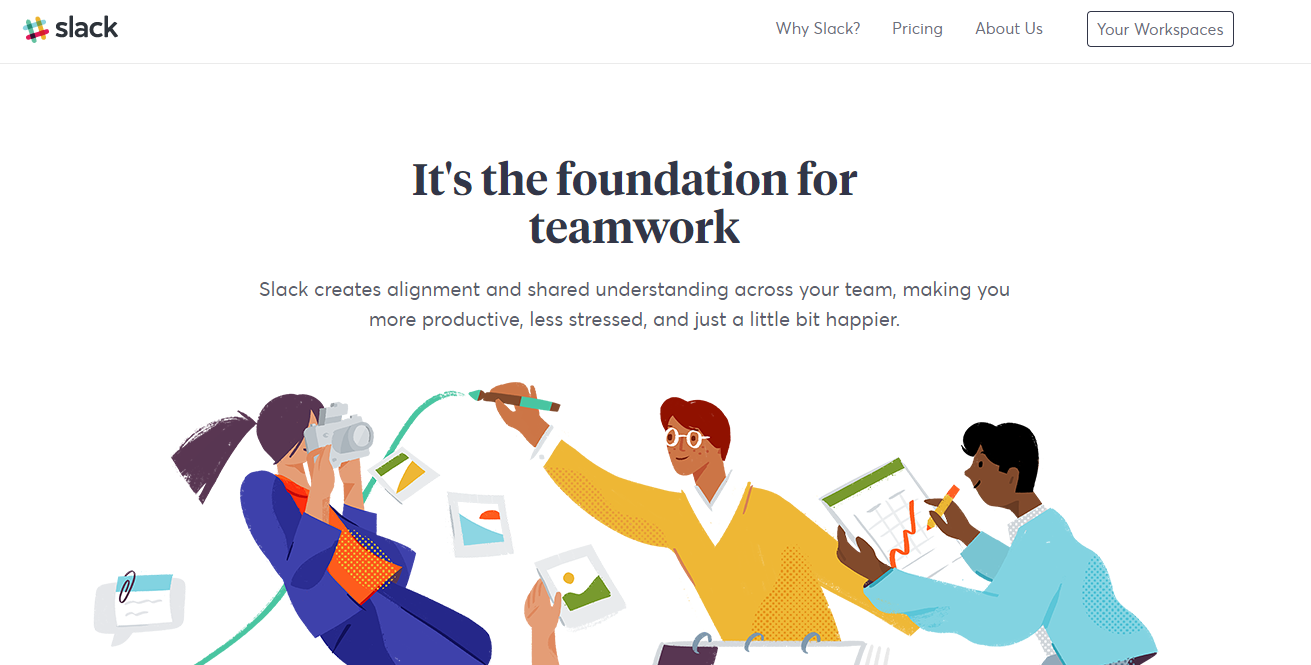
Comments (10)